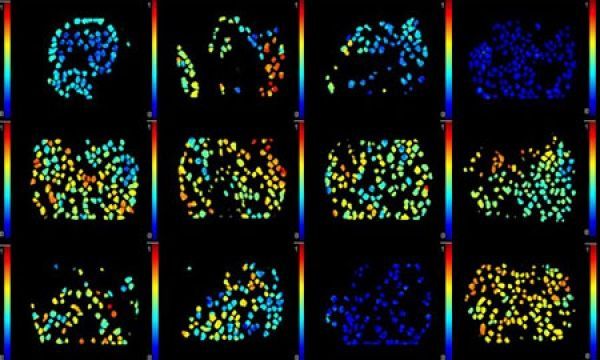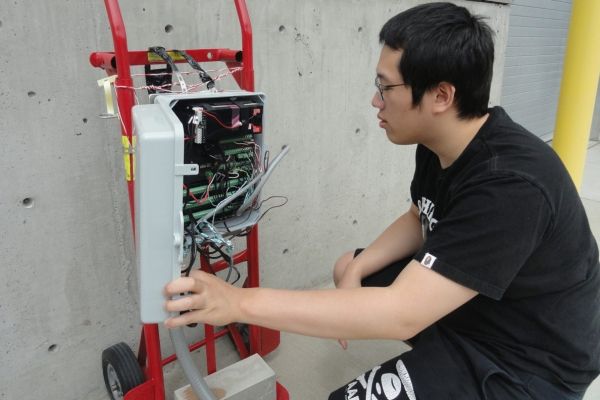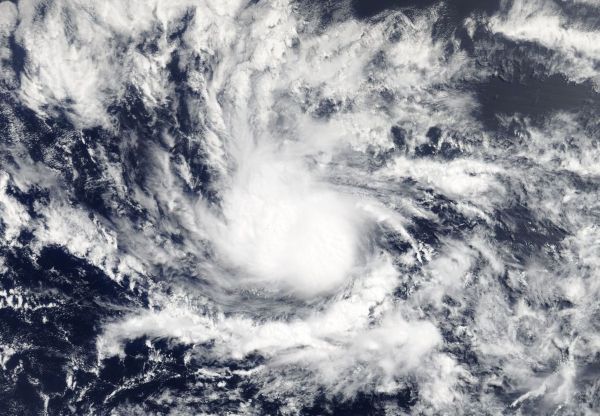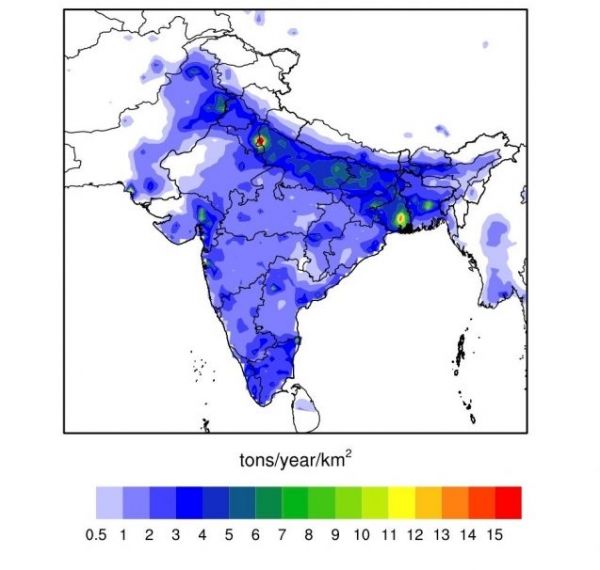Scientists have developed a technique that allows them to measure how well cancer drugs reach their targets inside the body. It shows individual cancer cells in a tumour in real time, revealing which cells interact with the drug and which cells the drug fails to reach.
In the future, the findings, published in Nature Communications, could help clinicians decide the best course and delivery of treatment for cancer patients.









